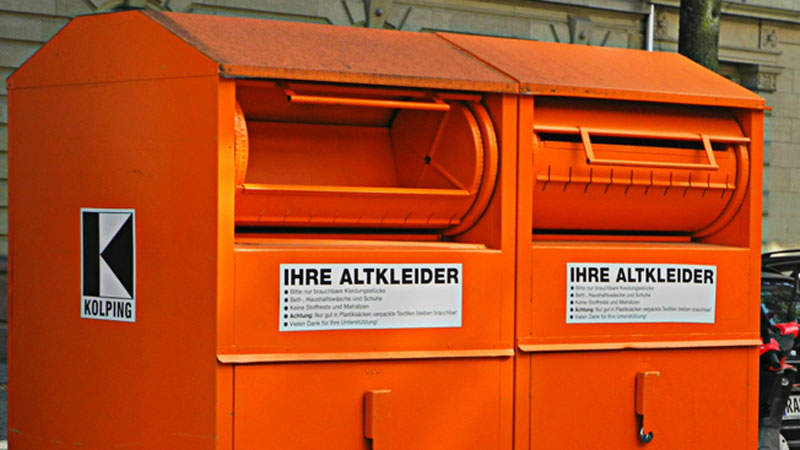For instance, the basic assumptions in the methodology are untenable if, e.g. a total volume of textile waste from European Union statistics are unreflective converted to the population of the respective countries.
Country-specific aspects which would lead to different results within Europe are dis- regarded in the statements on recycling. On this basis results were published, which do not represent the facts in Germany correctly.
The GftZ refers to the fact that a study from the Umweltbundesamt (Federal Environ- ment Agency) to estimate important data on usage and whereabouts was commis- sioned, and which is currently being worked on. Until these results are available, an older study of the bvse gives a rough overview.
The calculations for the reuse in Germany are also considerably wrong. Labfresh’s publication estimates 8 per cent reuse, 10 per cent recycling, 24,3 per cent incineration and 57,1 per cent landfilling per capita. Thus, is it not a surprise that on the basis of these wrongful assumptions, more than half of the used textiles are landfilled in Germany according to Labfresh, although landfilling is legally impossible in Germany.
Labfresh’s publication gives the impression that there is data on the situation of textiles available for all countries now. However, that is not the case. The GftZ considers it necessary for all European countries that reliable data is collected in a harmonized way and political decisions are made on the basis of the rapidly increasing volumes of used textiles. In particular, this means to create conditions for recycling textile fibers.











